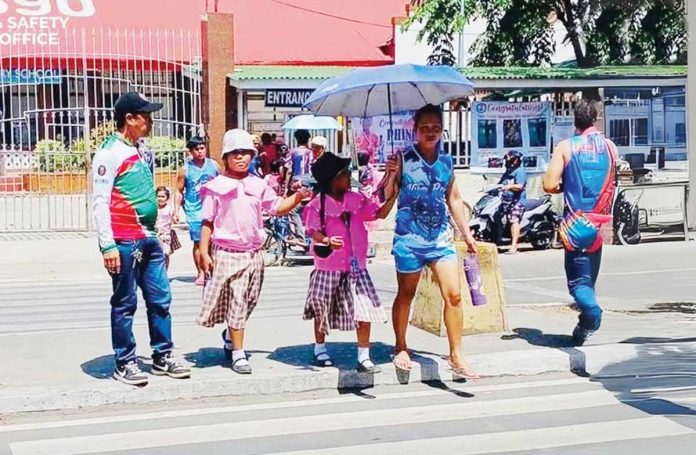
ILOILO City – All face-to-face classes from preschool to senior high school in this city will be automatically suspended once the heat index reaches or exceeds 41°C, according to a newly signed executive order by Mayor Jerry P. Treñas.
Executive Order No. 024-A, Series of 2025, takes effect immediately and was issued in response to escalating concerns over extreme temperatures and their potential health hazards, particularly for students and school personnel.
The directive is anchored on data from the city’s weather monitoring stations and the Philippine Atmospheric Geophysical and Astronomical Services Administration’s (Pagasa) Heat Index Advisory, which provides real-time heat forecasts.
Under the policy, if the forecasted heat index reaches 41°C or higher, in-person classes for the following day will be cancelled without the need for further announcements.
Mayor Treñas also urged schools to implement flexible schedules or shift to alternative learning modalities once the heat index hits 40°C as a precautionary measure.
“We are taking this step to ensure the safety and well-being of our community, particularly our young learners,” said Treñas.
He also reminded the public to stay hydrated and take necessary precautions during periods of intense heat.
Pagasa projects the heat index in Western Visayas to soar as high as 42°C.
“This is a time when health vigilance is paramount. Let’s work together to protect our families from preventable heat-related illnesses,” said Department of Health (DOH) Region 6 director Dr. Annabelle P. Yumang, stressing that the region is now under the “extreme caution” heat index category.
She warned that prolonged exposure to high temperatures can result in serious medical emergencies such as heat cramps, heat exhaustion, and even fatal heat stroke.
Heat stroke is a life-threatening condition characterized by a body temperature of 40°C or higher, hot and flushed skin, confusion, convulsions, dizziness, headache, nausea, unconsciousness, and muscle cramps.
In such cases, immediate first aid and emergency response are crucial. DOH recommends moving the person to a shaded area, elevating the legs, applying cold compresses to the armpits, neck, and groin, and giving sips of cool water if the person is conscious. Immediate transport to a healthcare facility is advised.
To mitigate heat risks, the DOH advises the public to:
* Avoid outdoor activities between 10 a.m. and 4 p.m.
* Schedule physical exertion during early morning or late afternoon.
* Stay well-hydrated.
* Wear light-colored, loose clothing.
* Use umbrellas, hats, and other forms of sun protection.
Yumang also warned local government units to prepare for water supply disruptions and possible electricity interruptions, urging them to implement conservation measures and monitor water quality.
Pagasa’s heat index categories serve as a guide for safety protocols:
* Extreme Danger (≥52°C): Cancel all outdoor and strenuous activities.
* Danger (43–51°C): Limit exposure for children, elderly, and outdoor workers.
* Extreme Caution (36–42°C): Reschedule activities to cooler periods and ensure water/rest breaks.
* Caution (27–35°C): Monitor for early signs of heat-related illness.
For urgent medical assistance or referrals, DOH-6’s Regional Patient Navigation and Referral Unit can be contacted at 0939-988-1818./PN






